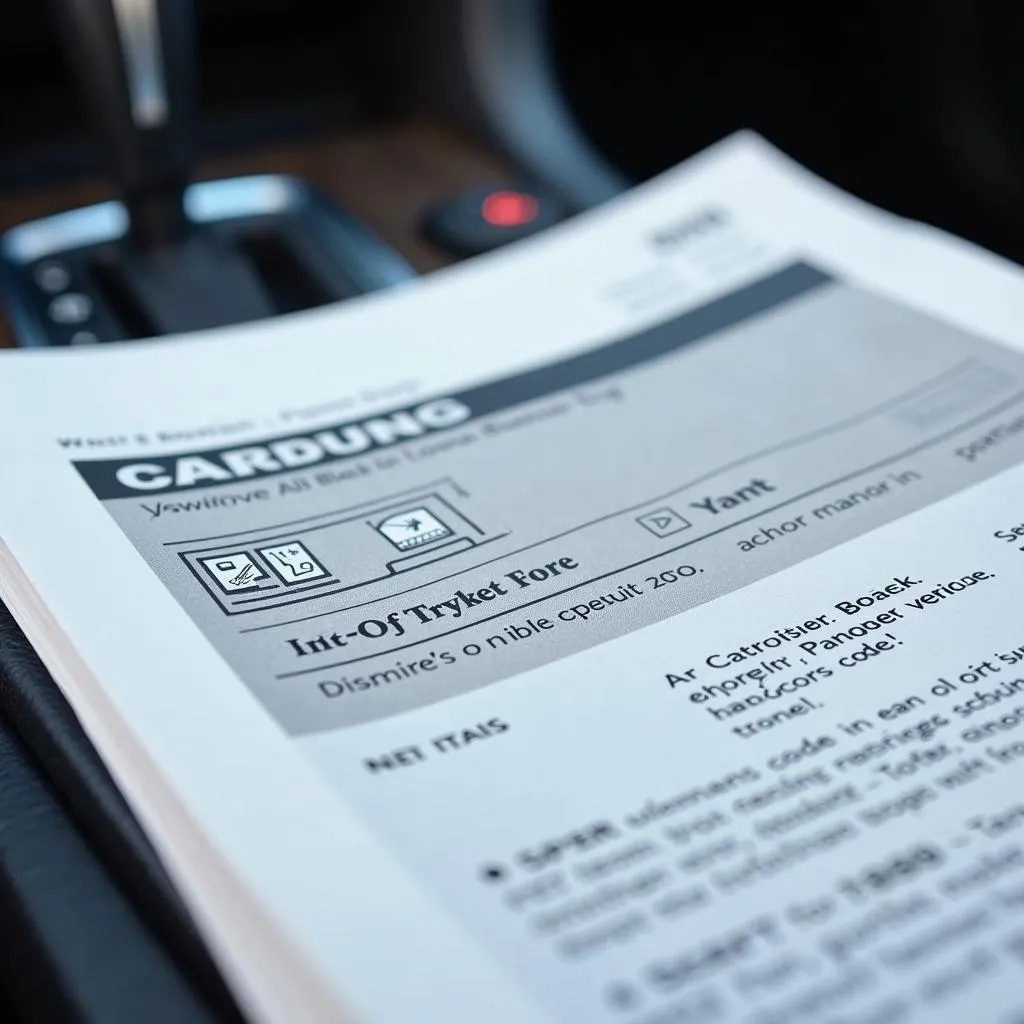We’ve all been there: finally purchasing that coveted item, only to be foiled by a stubborn anti-theft tag clinging to it for dear life. Whether you’re dealing with a forgotten tag from the store or suspect a malfunction, this guide will provide you with various methods to safely and effectively remove anti-theft tags.
Understanding Anti-theft Tags
Before diving into removal techniques, let’s understand how these security devices work. Anti-theft tags, also known as security tags or EAS (Electronic Article Surveillance) tags, are designed to deter shoplifting. They typically consist of two main parts:
- Detection Tag: This is the part you see attached to the merchandise. It contains a circuit and often a small metal strip or a bottle of ink.
- Deactivator or Detacher: This device, usually found at store checkout counters, uses a specific frequency or magnetic field to deactivate or detach the tag.
Identifying the Tag Type
Different types of anti-theft tags require different removal approaches. The most common types include:
- RF Tags (Radio Frequency): These tags are typically thin and flexible, often containing a coiled wire antenna.
- AM Tags (Acousto-Magnetic): Larger and more rectangular, AM tags utilize a magnetic strip that resonates at a specific frequency.
- Ink Tags: These tags are designed to release ink if tampered with, permanently staining the merchandise. It’s crucial to avoid attempting to remove ink tags yourself. Contact the retailer for assistance.
Tools You Might Need
Having the right tools on hand can make the removal process smoother. Here’s a list of items that might come in handy:
- Strong Magnets: Neodymium magnets (N52 grade or higher) can be effective in disrupting the magnetic field of some tags.
- Rubber Bands: Thick rubber bands can provide grip and leverage when trying to twist off certain tags.
- Pliers: Needle-nose pliers can be useful for accessing small areas or applying pressure.
- Safety Glasses: It’s always a good idea to protect your eyes when working with tools or applying force to an object.
Safe and Effective Removal Methods
Disclaimer: Attempting to remove security tags yourself may be against the law in some areas, and there’s always a risk of damaging the item if not done carefully. Proceed with caution and consider seeking professional assistance if you’re unsure.
1. The Receipt Method
The simplest and safest method is to return to the store where the item was purchased and have an employee remove the tag using their designated detacher. Always ensure you have a valid receipt.
2. The Magnet Method
This method is primarily effective for AM tags.
- Locate the Tag’s Sweet Spot: The sweet spot is usually indicated by a bump or a slightly raised area on the tag.
- Position the Magnet: Place the strong magnet directly over the sweet spot.
- Apply Pressure and Slide: While applying downward pressure, slide the magnet along the tag until it detaches.
 Removing AM Security Tag with Magnet
Removing AM Security Tag with Magnet
3. The Rubber Band Method
This method is generally suitable for RF tags with a visible pin or hinge mechanism.
- Locate the Pin or Hinge: Identify the pin or hinge that holds the two halves of the tag together.
- Wrap the Rubber Band: Tightly wrap a thick rubber band around the tag’s base, near the pin or hinge.
- Twist and Pull: While holding the base of the tag firmly, twist and pull the top part of the tag away from the pin or hinge.
 Removing RF Security Tag with Rubber Band
Removing RF Security Tag with Rubber Band
FAQs about Anti-theft Tags and Car Diagnostics
While removing security tags might seem unrelated to car diagnostics, understanding electronic systems and troubleshooting techniques can be beneficial in both scenarios. Here are some common questions car owners often have:
Q: My check engine light is on. What could be the issue?
A: A check engine light can signal a wide range of problems, from a loose gas cap to a malfunctioning sensor or a more serious engine issue. It’s best to use an OBD-II scanner to read the specific diagnostic trouble code (DTC) stored in your car’s computer. This code will provide a more precise indication of the problem.
Recommendation: For reliable OBD-II scanners and advanced automotive diagnostic tools, consider exploring the offerings from Cardiagtech. They provide a range of options to suit various needs.
Q: Can I use software to diagnose car problems myself?
A: Yes, there are various software programs available that can interface with your car’s computer system and provide diagnostic information. These programs range in complexity and features, from basic code readers to professional-level software suites that offer in-depth analysis and troubleshooting guidance.
Expert Insight: “Using the right diagnostic software can empower car owners to understand and address minor issues themselves,” says John Miller, a seasoned automotive electrician and author of “The Car Whisperer’s Handbook.” “However, it’s crucial to choose software from reputable providers and consult with qualified mechanics for complex problems.”
Conclusion
Removing anti-theft tags can be a straightforward process when approached with the right knowledge and tools. Always prioritize safety and consider seeking professional assistance if needed. Remember, understanding how things work and having the right resources at your disposal can make all the difference.
If you have any questions or need expert assistance with automotive diagnostics, don’t hesitate to reach out to the team at CARDIAGTECH. We’re here to help!

